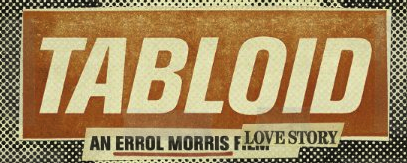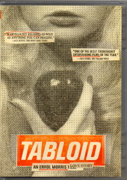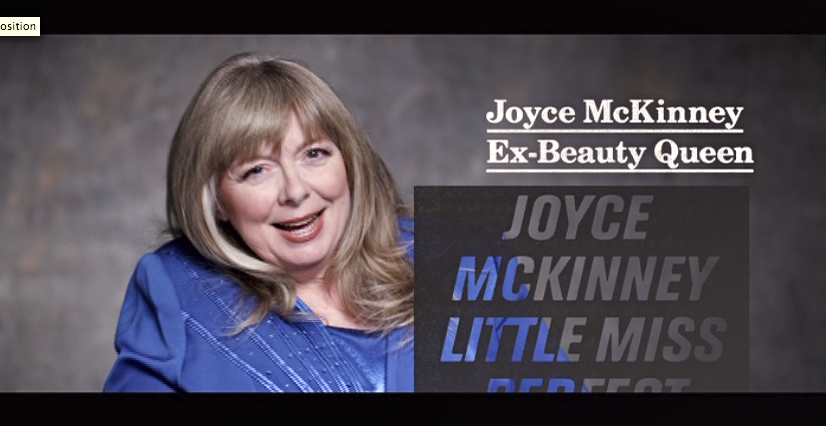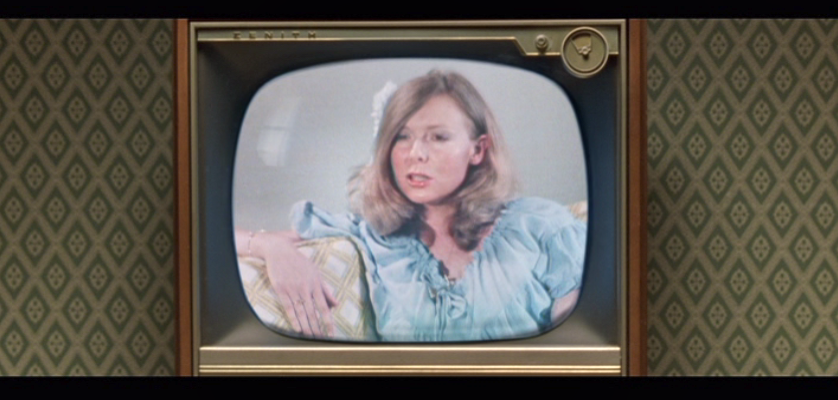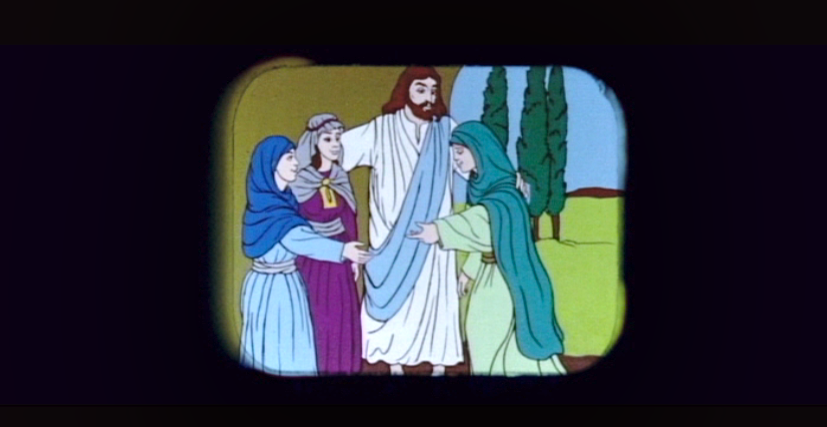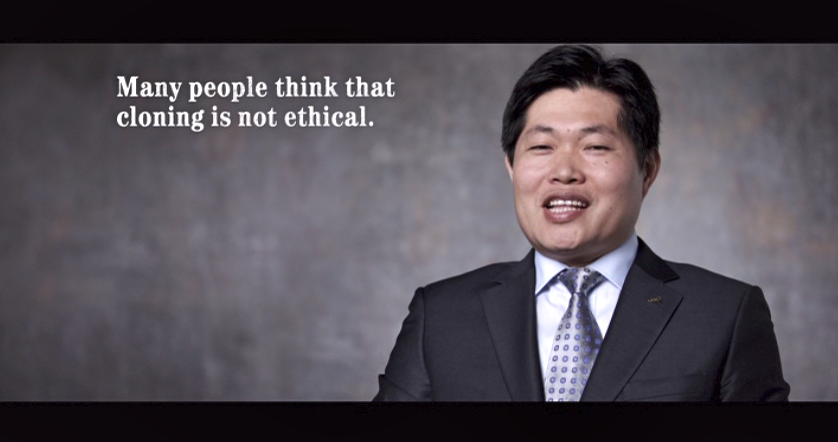BUY FROM AMAZON: CLICK HERE!
STUDIO: MPI Home Video
MSRP: $24.98
RATED: R
RUNNING TIME: 88 minutes
SPECIAL FEATURES:
- Trailers
The Pitch
After spending most of his career looking at the faces of death, director Errol Morris turns to the world of tabloid sensationalism and explores strange the case of Joyce McKinney, a model turned criminal after she allegedly kidnaps her Mormon boyfriend from a religious re-education center.
The Humans
Joyce McKinney narrates her side of the story, which, since 1977, has been the subject of speculation. Morris invites a team of inquisitive yellow journalists do spout how crazy and delusional McKinney is, and they all end up sounding as such.
The Nutshell
Morris makes good on documenting such a fantastic story with the same bizarre and entertaining qualities of the event. His guidance of Joyce’s story brings out a perspective most ignore. As he presents both sides of the story, a third one emerges. Somewhere between Joyce and the papers lies the truth.
The Lowdown
Errol Morris’ strange retelling of the 1978 story of the year is a near perfect example of narrative storytelling at it’s most basic . His subjects and details explained with great care and interest, create a fantastic structure that characterizes the cast as components of a expansive that plot moves things along at rapid fire speed. This, coupled with his fantastic approach to editing and animation gives Tabloid a momentum not usually found in documentary. Tabloid remains a thoroughly engrossing and entirely weird account of a strange story that is worth revisiting thirty-five years later.
Errol breaks the story into two halves: that of Joyce’s personal recollection and that of the media’s perception of her. While the two are essentially telling the same story, the differences lie in the details. Joyce, a teenage beauty queen, meets and falls for a young Mormon corvette owner. The two start a whirlwind romance, but several weeks before their marriage, the young man disappears. With the help of a private investigator, Joyce locates him on a mission in England. As any good fiancé would, Joyce follows him to overseas, steals him from the convent, and whisks him to a bed and breakfast a few hundred miles away.
After several days of “food, fun, and sex,” as Joyce puts it, the two see their pictures in the paper underneath the words kidnapping. Realizing that the man’s disappearance had been interpreted as a malicious act, he returns to his church to explain what happened and subsequently sue his fiancé.
And this is where the two stories begin to develop. On the one hand, Joyce tells the story of a woman in love looking for her lost husband and a weekend premarital activity that would ex-communicate even the most devout Mormon. The church, court, and tabloids painted a decidedly darker picture. Characterizing Joyce as some sort of plotting, sadistic dominatrix, they turned the trial into a media frenzy with sensational story of kidnapping, sex, and chains.
What they didn’t count on, and what Morris’ camera takes full advantage of, is Joyce’s spirited personality. She turns the court upside down with the flagrant confidence of her story and charming personality. The papers run wild with her antics in and out of court and dig up startling revelation about her past, which change her perception of the public and the public’s perception of her.
Morris does a fantastic job untangling this mess and remains startlingly objective throughout. Allowing his interviewees to do the talking, Morris gets to the heart of the story and discovers, as one commentator puts it, that somewhere between the “food, fun, and sex” and the “sex and chains” there’s the truth. Joyce essentially characterizes herself as a trustworthy narrator, albeit one too eccentric to remember the story without bias. The tabloids, accordingly, stand by their printed word and maintain Joyce’s unstable personality. Morris, through it all, objectively watches them talk about the past, Mormonism, and morality, as he intercuts their monologues with newspaper clippings and old Mormon produced cartoons about the religion.
Aside from relaying one hell of a story, Tabloid keeps things interesting through Morris’ brilliant use of editing. Hitting all the right beats in all the right places, Morris adds hilarious animations and informative newspaper clipping to heighten the story and entertain his audience. Maintaining the sensationalism of the story, Morris seeks to match the outlandish allegations with fervor, yet remains committed to capturing the whole thing.
Tabloid once again proves why Errol Morris is one of the world’s most revered documentarians. His films capture stories either two weird or distorted for objectivity. However, with his powerful eye for detail, masterful structure, and keen sense of humor, Morris does for yellow journalism what he did pet cemeteries in Gates of Heaven, and opens a hidden world to the public in a respectful and meaningful way. He clearly cares for Joyce and her story, but also understands the ridiculousness of the whole debacle. Morris may mimic the stylings of a tabloid, but he doesn’t doctor his story; he merely settles for the understanding that the truth exists somewhere in between each perspective.
The Package
Don’t let the lack of extras deter you, watching Tabloid twice is its own special feature. And, hey, you can a free trailer for your trouble. It’s win-win!





Out of a Possible 5 Stars
